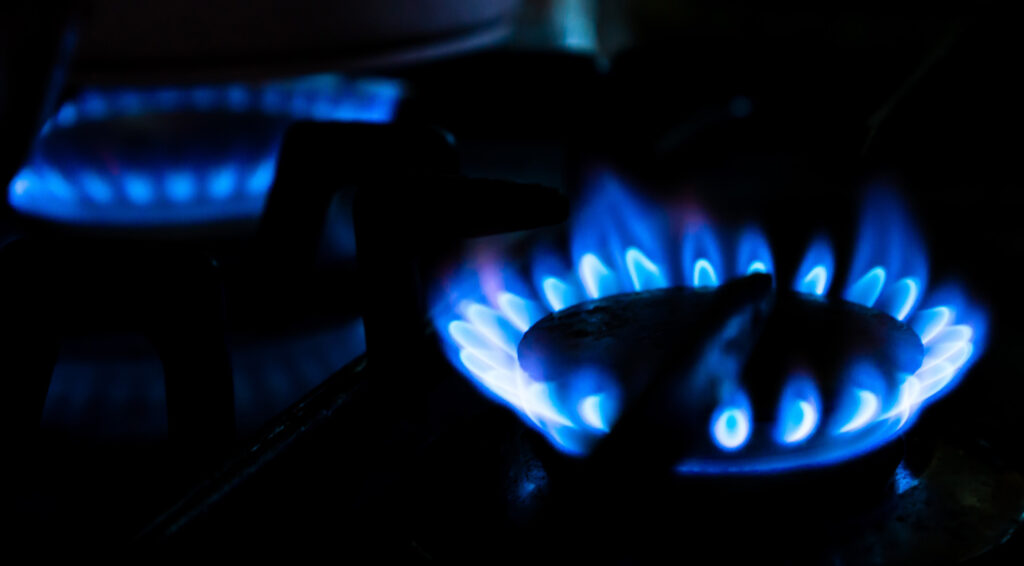Australia has a gas problem. Not the type that comes from eating too many beans, but the stuff that’s pumped out of the ground, into our homes and factories, and onto ships for export. I’m talking about fossil methane, known better by its marketing name, “natural gas”.

Little Good About Gas
There is little good to say about fossil methane.
Exposure to it is bad for our health. Gas stoves and other un-flued gas appliances in homes are a leading cause of childhood asthma, amongst other conditions. When gas is vented or leaks from pipes or appliances into the atmosphere (which modern measurement techniques are showing happens far more extensively than had been assumed) it acts as a potent greenhouse gas, heating the planet planet at 86 times (or more) the rate of carbon dioxide (which itself is emitted when methane is combusted).
Extracting methane is increasingly expensive and environmentally harmful. The days of cheap gas from sticking a well into Bass Strait are over, with those supplies dwindling over the next decade. As such, gas exploration companies have turned to unconventional methods such as Coal Seam and Shale Gas, with or without so-called fracking (in which a dangerous cocktail of chemicals is pumped deep into the ground to fracture the reservoirs). These processes are relatively expensive; involve drilling a patchwork of hundreds of wells interconnected with access roads (which destroy bushland, animal habitat and encroach on farmland); produce salt and other waste streams; can irrevocably compromise artesian water supplies and may contaminate streams and rivers.
Another factor that has pushed up domestic gas prices was the granting of rights to extract, liquefy and export fossil methane as LNG. Traditionally Australians paid less than international markets for our gas. Not anymore. That has reduced the competitiveness of Australian manufacturers (many of which have traditionally relied on cheap gas for process and high heat applications or as a feedstock) and pushed up energy prices for householders. The gas industry itself is far from critical to Australia’s economy. Being capital intensive, it sustains fewer jobs than just one of the major banks, even allowing for the LNG export market, and has been very effective at claiming substantial subsidies while minimising its taxes and royalties.
Electricity generated using gas is now significantly more expensive than renewable power, even allowing for the costs of batteries or other forms of storage (that provide continuity for variable solar and wind generation sources). Renewables and storage projects (including longer form storage such as pumped hydro) have pushed down wholesale electricity costs over the last few years are now being deployed at significant scale: more than what is necessary to accommodate forthcoming coal plant closures.
And with the International Energy Agency – once a bastion of the fossil fuel industry – now advising that in order to limit warming to no more than 1.5oC and meet the objective of the Paris Climate Accord, no new coal, oil or gas developments can be made. No mines or wells. No new power plants. No new industrial uses. Many of Australia’s major trading partners are starting to take climate action very seriously so it is likely that, as has already happened with coal, the market for our LNG will rapidly peak and decline.
De-Gassing is Already Underway
As such, it’s high time Australia commenced a transition away from gas. How can this be done?
Of the gas extracted in Australia, nearly three quarters is exported. Domestically, gas is used in four main areas [1]:
- 30% (and declining) is used for electricity production
- 28% in manufacturing and non-LNG mining
- 27% in conjunction with the production of export LNG.
- 15% in residential and commercial buildings.
The good news is that domestic gas use is in decline. The Australian Competition and Consumer Commission (ACCC) noted in 2021 that the Australian Energy Market Operator (AEMO) “has lowered its demand forecast by 77 PJ per year on average,” – about 6.7% of ex-LNG domestic demand [2]. Why? Because gas has become relatively expensive as producers have pegged prices to international markets and cheap conventional supplies have depleted. As a result it is being used less in electricity production as it is supplanted by cheaper renewables (which are increasingly firmed with grid scale batteries or other forms of dispatchable storage).
High gas prices have also forced some manufacturing offshore, and there are opportunities to electrify process heating uses of methane. Green hydrogen (renewably produced, zero emissions) may in future provide an alternative to methane for high heat and some feedstock uses, but it is likely to remain uncompetitive in the medium term unless a carbon price was to be reintroduced.
In buildings, it is already more cost effective to fully-electrify new builds, and is often economical to switch plant or appliances to electric alternatives at their end of life. We’ll look at this in more detail in a future post.
[1] Derived from https://www.energy.gov.au/sites/default/files/Australian%20Energy%20Statistics%202020%20Energy%20Update%20Report_0.pdf , Figure 2.3
[2] https://www.accc.gov.au/system/files/Gas%20Inquiry%20-%20January%202021%20interim%20report_1.pdf, p29




